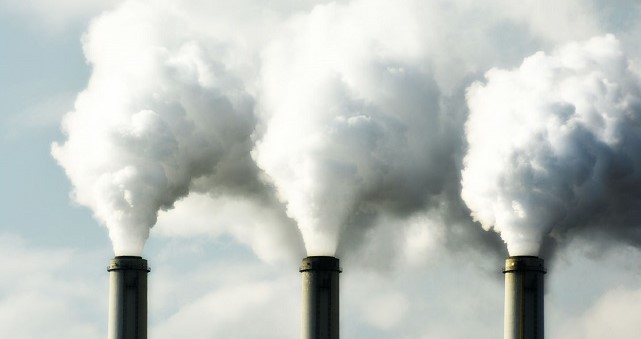Australian scientists have developed a method to turn harmful carbon dioxide into useful industrial products such as fuel and plastics, based on a paper published on Thursday, June 11, 2020.

The method potentially gives the world room to breath as it transitions towards a greener economy.
In the paper, Rahman Daiyan and Emma Lovell from the University of New South Wales School of Chemical Engineering asserted that their method was cheaper and more scalable to the requirements of industry “than what is available today”.
It uses a high temperature method called flame spray pyrolysis (FSP), along with zinc oxide as a catalyst, allowing them to create nanoparticles which can turn carbon dioxide into “syngas”.
Syngas is a mix of hydrogen and carbon monoxide, which can be used in the manufacture of industrial products.
“We used an open flame, which burns at 2,000 degrees (Celsius), to create nanoparticles of zinc oxide that can then be used to convert CO2, using electricity, into syngas,” Lovell said.
Lovell compared the syngas to the popular building block toy Lego, due to their versatility and ability to be used to make a range of vital industrial chemicals.
“The two building blocks — hydrogen and carbon monoxide — can be used in different ratios to make things like synthetic diesel, methanol, alcohol or plastics, which are very important industrial precursors,” Lovell added.
The technology could potentially be part of creating “closed-loop” industrial systems, whereby the carbon dioxide bi-product created by factories is redirected to be turned into something useful to the plant’s own operation.
While such large scale application is still in development, the team is hopeful that by creating cheaper and more accessible methods, they could benefit both the factory’s bottom line, and the environment at the same time.
“The idea is that we can take a point source of CO2, such as a coal-fired power plant, a gas power plant, or even a natural gas mine where you liberate a huge amount of pure CO2.
“And we can essentially retrofit this technology at the back end of these plants.
“Then you could capture that produced CO2 and convert it into something that is hugely valuable to industry,” Lovell explained.
